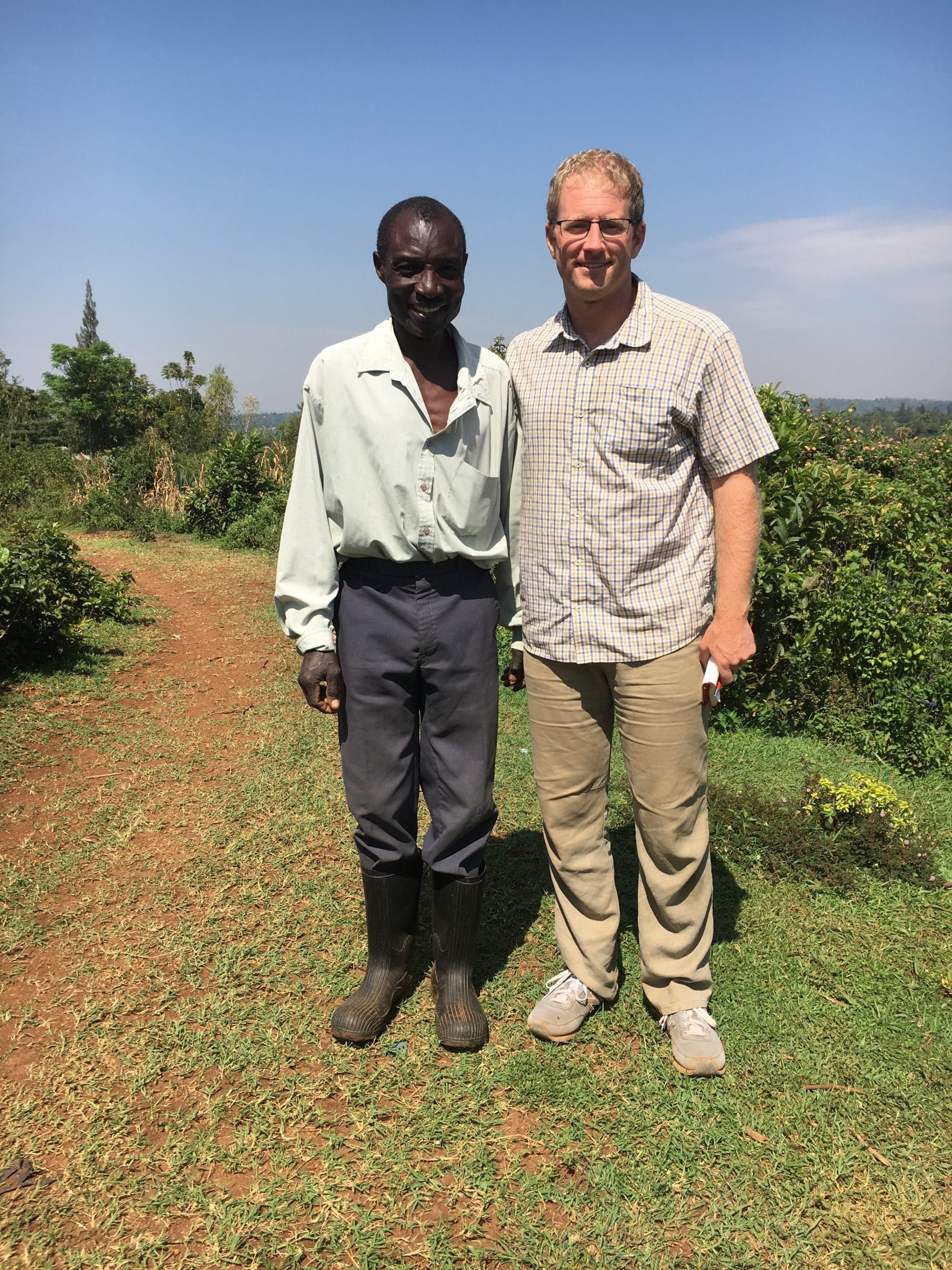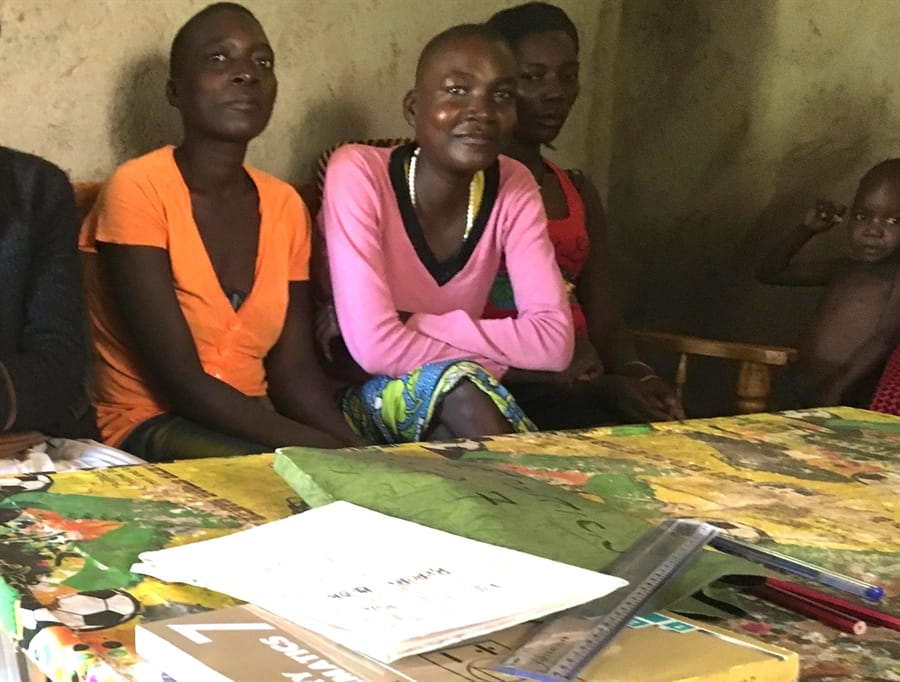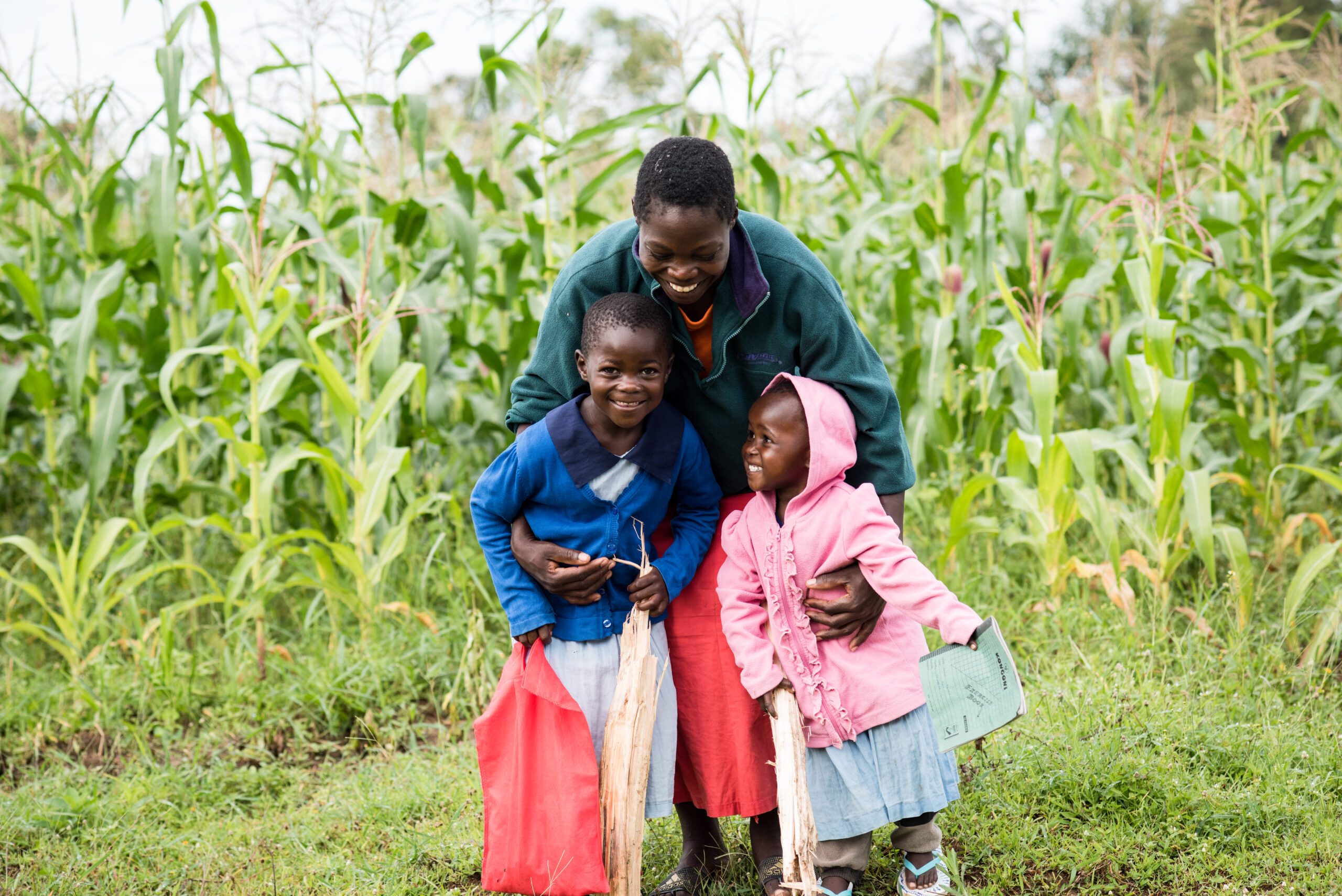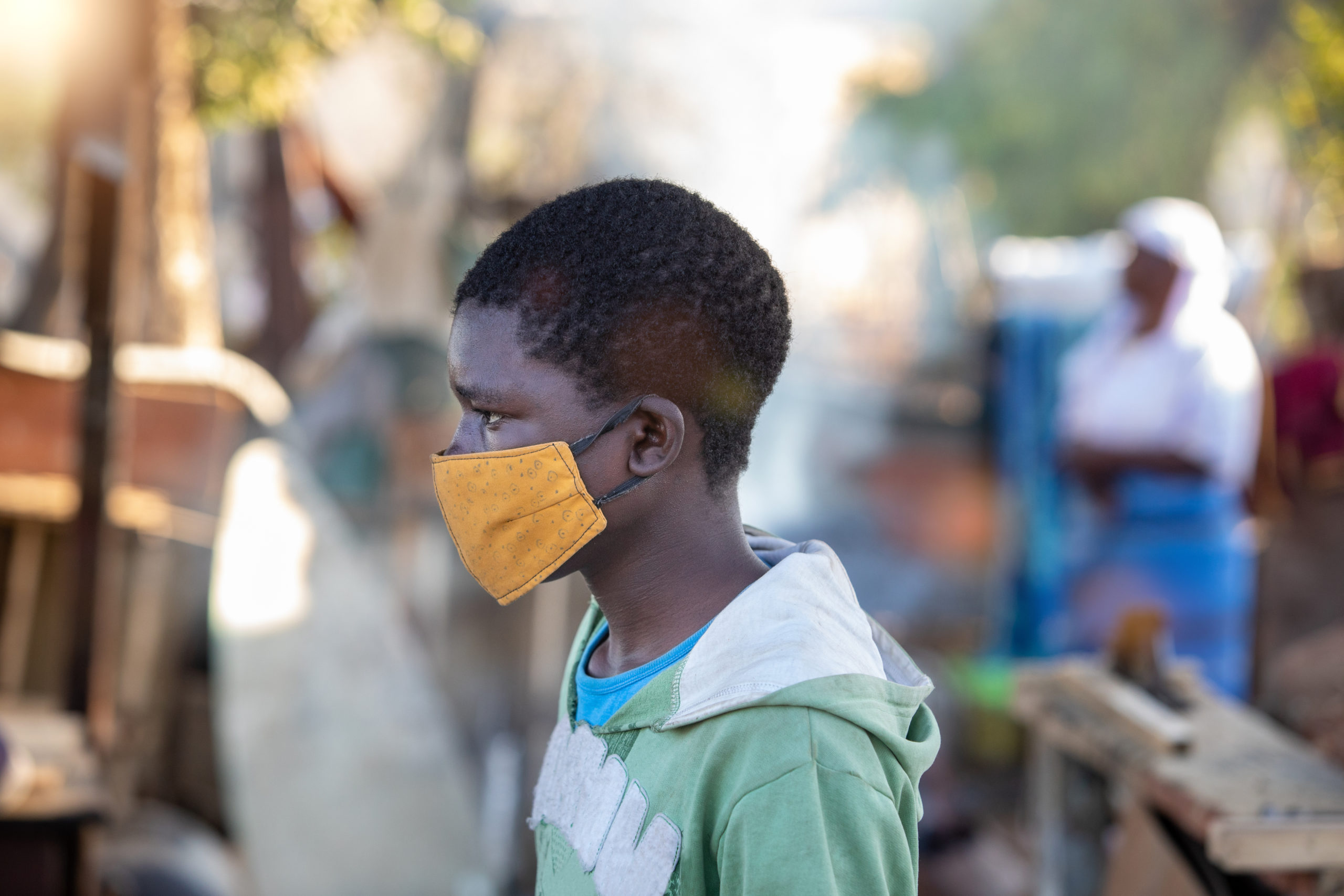“Don’t give money to the poor.”
It’s an unwritten rule crafted around the distrust of the poor, as if poverty is solely a character flaw. We can give money to organizations that support the poor, but, as for the poor themselves, we can only imagine what irresponsible individuals would do with the money.
I’m not sure if anyone directly said this to me as I volunteered with an organization in my community in Indiana that helped people in poverty, or if the rule was more implied. In the volunteer training we discussed the hidden rules of the middle class, such as how to talk and dress to get a job. The organization took a “multi-dimensional” approach to getting out of poverty, involving intentional friendships, local resources, and community building, but none of those dimensions involved one critical item: Giving the person in poverty money.
We hang on to all sorts of narratives in order to absolve ourselves from giving money to the poor.
“Giving money to the poor is giving them a fish and not teaching them to fish. It’s not sustainable.”
“The homeless man will spend it on booze, so buy him a cheeseburger.”
“The single mom will treat her kids to an Xbox.”
“The child beggar is part of a large crime syndicate.”
One organization, GiveDirectly, is challenging these narratives and the impact that direct cash transfers to the poor can make.
While researching my book Where Am I Giving: A Global Adventure Exploring How to Use Your Gifts and Talents to Make a Difference, in which I explored various types of giving around the world, I traveled to Kenya to see GiveDirectly’s work firsthand.
I sat with Agrippa Onywero in his home on the corner of his family’s property as he sang his song of thanks to GiveDirectly. Agrippa’s village near Kisumu, Kenya, is in GiveDirectly’s universal basic income (UBI) program. Each month for 12 years he will receive $22, the poverty line in Kenya, from GiveDirectly, which is running a randomized control trial (RCT) to assess the effectiveness of UBI. So will his brother and mother and 6,000 other Kenyans living in 40 villages. As part of the RCT, GiveDirectly is also providing a short-term basic income for two years in 80 villages, and is monitoring a control group of another 100 villages.
An independent contractor running RCTs monitors the programs. It’s the largest UBI study in history. GiveDirectly admits that UBI is an experiment, but it already appears to be yielding positive results and impacting lives.
“Now I can eat well,” Agrippa told me, a year into the program. “I can do some singing. Before, eating was difficult, but now at least I can buy meat, rice. Before, I was just taking supper only. I can plan with the money. It doesn’t give me much stress. Now I’m comfortable…I can see people building houses…farming. People are starting businesses, joining [saving] groups. There is development. There was a problem farming here because there was no money.”
After one year, Agrippa, 39, had saved his money to pay a dowry to his wife’s family, and built the home in which we sat for $150; next, he’s thinking of saving up money for music lessons.
“I want to bring music into the light,” Agrippa said, as rain pounded on his tin roof and fingers of water crept across the dirt floor through his front door.
The biggest criticism of giving cash directly to the poor is that they’ll become idle, that with their basic needs met, they won’t be driven to give back to society.
Will people spend some of their income on alcohol and cigarettes and drugs? Of course, but often less than they spent before. Researchers at the World Bank found that more than 80% of those receiving cash transfers spent less on booze and cigarettes after receiving the funds, and less than 5% spent more. (1) The report concluded: “We should stop worrying that the poor are going to spend (or ‘waste’) their transfer income on alcohol and tobacco. They aren’t.” (2)
A study conducted over two years found that for every $1,000 given through direct cash transfers, income increased by $270, assets by $430, and the amount spent on nutrition increased $330.10. (3)
Direct cash transfers seem to be highly effective and one of the reasons that GiveDirectly is a favorite of the effective altruism community, e.g. it has been recommended by GiveWell and The Life You Can Save for years. Yet there was also something immeasurable taking place in the lives of those I met in Kenya.
The group I volunteered with in Indiana often talked about “the tyranny of the moment” that those in poverty face. It’s hard to think long term when you don’t know how you’re going to get your next meal or pay for medicine or meet your other basic needs. Thanks to his monthly income, Agrippa could stop asking himself how he was going to meet his basic needs and focus on new questions: What do I want to do with my life? What are my dreams? What skills, passions, and interests do I have to share with the world?

Me with Beryl’s father
His story was similar to others I talked with in his village, including a teenage girl named Beryl whose father asked her to show me her report card.
A chicken roosting on a wheeled suitcase in the corner squawked, and Beryl picked up the bird up and threw it out the door. She placed her report card and a gift she had received from the school for her good work – a math book – onto a table in front of me. She was ranked number one in her class.
“What would you like to be?” I asked. It’s a question that I learned to stop asking as I visited impoverished communities around the world. It’s a question that many kids haven’t considered. They don’t want to be something, they just are, and will probably do what their parents do. Yet in this village, it felt safe to ask. Her answer was unexpected.
“A pilot,” she said.
Beryl, a bright student, who had never traveled more than 45 miles from her village, aspired to fly around the world.
In Kenya I saw that giving money directly to the poor increased more than income and nutrition, it increased people’s capacity to dream.
—
Notes:
-
David K. Evans and Anna Popova, “Cash Transfers and Temptation Good: A Review of Global Evidence,” Policy Research Working Paper 6886, World Bank Africa Region (1 May 2014).
-
Rosamaría Dasso and Fernando Fernandez, “Temptation Goods and Conditional Cash Transfers in Peru” (24 September 2013).
-
Johannes Haushofer and Jeremy Shapiro, “The Short-Term Impact of Unconditional Cash Transfers to the Poor: Experimental Evidence from Kenya,” Quarterly Journal of Economics (25 April 2016).
Kelsey Timmerman is the New York Times Best Selling Author of the Where Am I? series, including his latest book Where Am I Giving?, and founder of The Facing Project. To learn more about his work visit kelseytimmerman.com.



